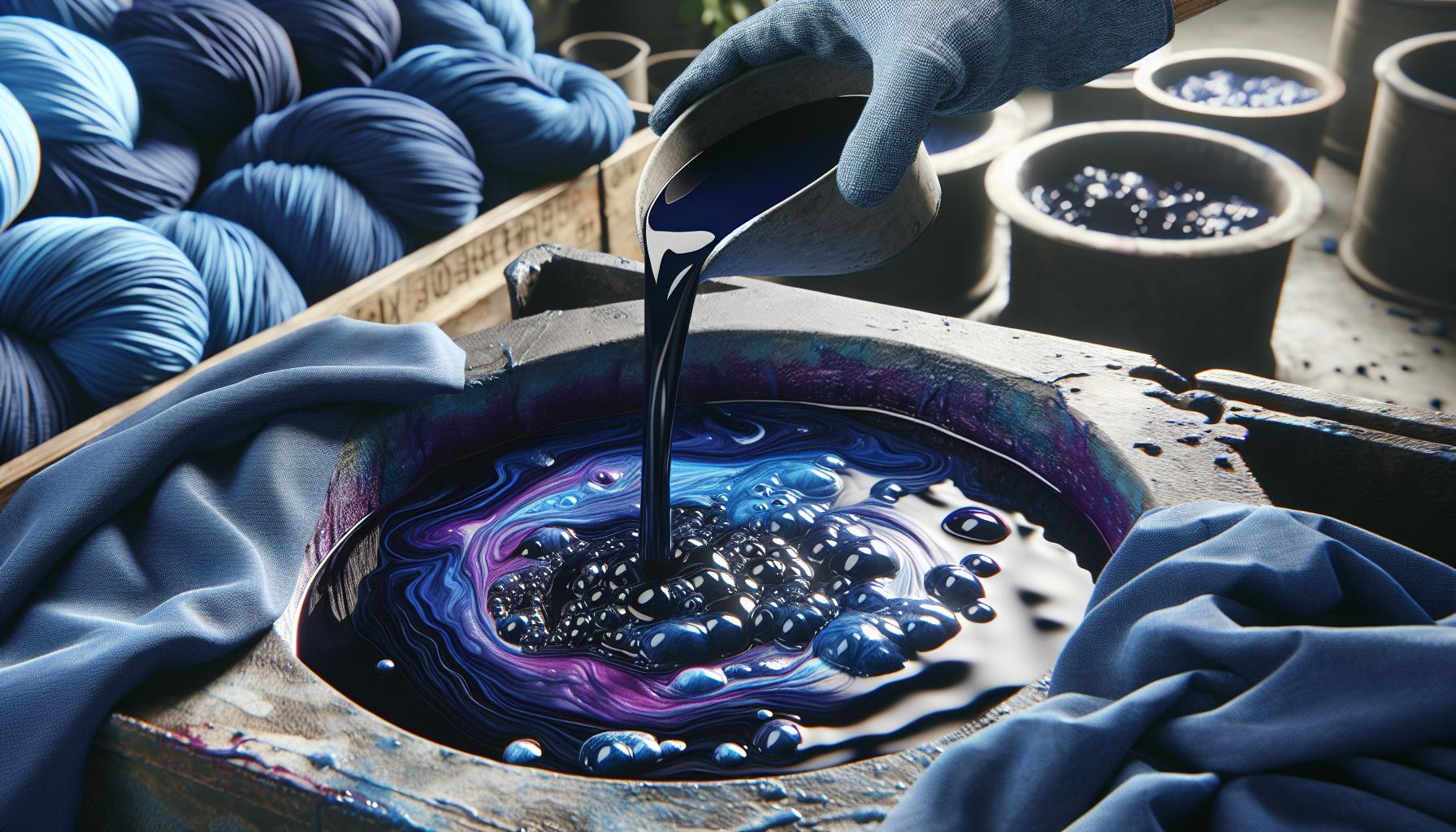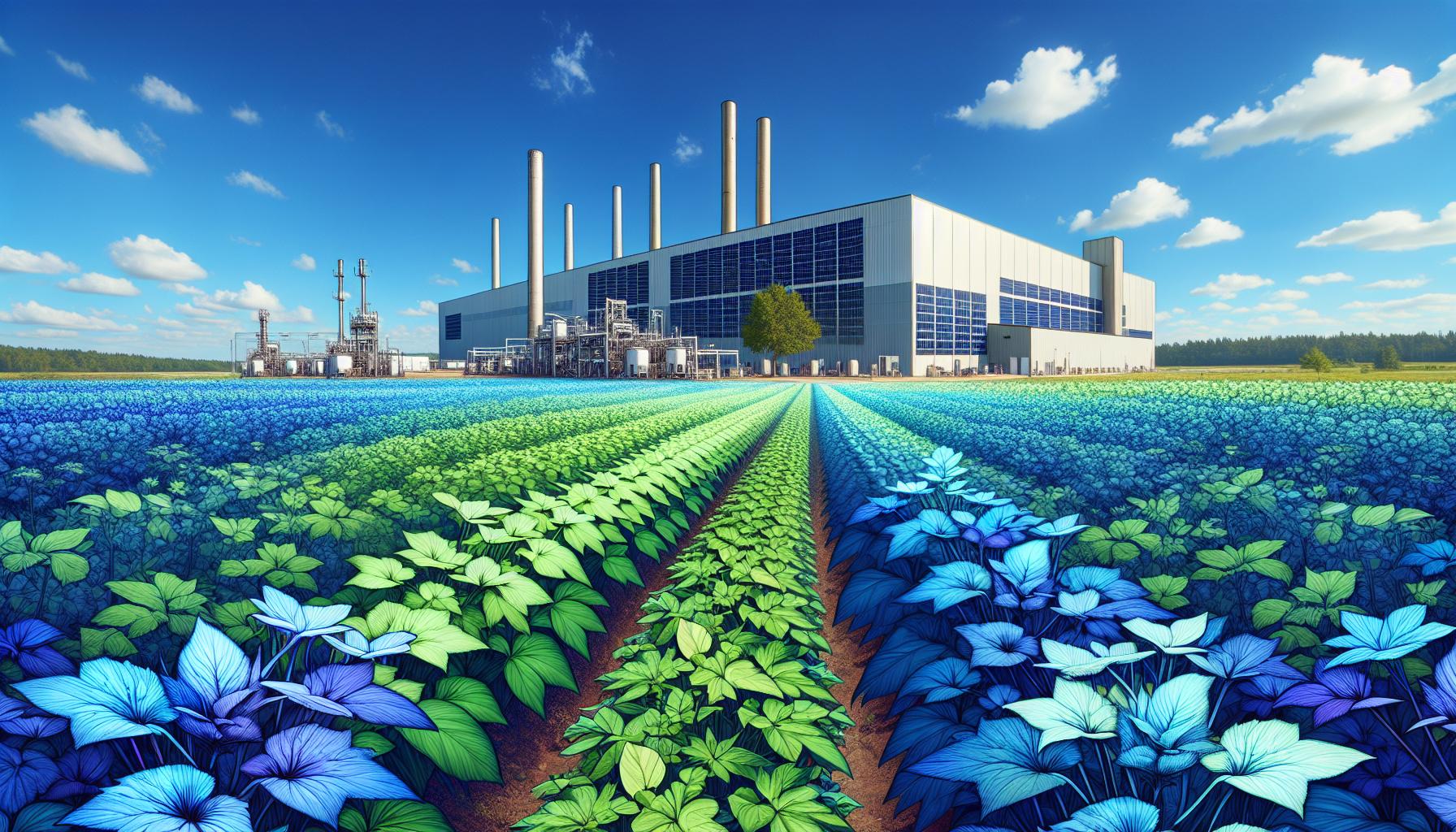The mysterious allure of indigo has captivated artists and designers for centuries. This deep blue-purple hue sits majestically between blue and violet on the color spectrum creating an air of sophistication that’s hard to ignore. From ancient textile traditions to modern digital design indigo continues to make its mark across cultures and industries. In today’s design world indigo has emerged as a powerful choice for those seeking to make a bold yet refined statement. It’s no wonder this rich shade has become a go-to color for everything from web design to interior decoration. Whether it’s adding depth to a digital interface or bringing royal elegance to fashion indigo’s versatility makes it an invaluable tool in any creative professional’s palette.
Colour:0-f3ht6jaxg= Indigo
Indigo dye’s transformative journey spans over 6,000 years across multiple continents. Ancient civilizations developed sophisticated techniques to extract this precious blue pigment from plants creating a dye that became more valuable than gold.
Ancient Origins and Cultural Significance
The earliest evidence of indigo use dates back to 4,000 BCE in ancient Egypt where textile fragments reveal its application in mummy wrappings. Indian civilizations mastered indigo production by 2000 BCE creating elaborate textile designs that became prized trading commodities. The Romans called indigo “blue gold” importing vast quantities from India through established trade routes. Ancient Mayans combined indigo with palygorskite clay to create Maya Blue a pigment that adorned temple walls religious artifacts. Japanese artisans elevated indigo dyeing into an art form developing the shibori technique for creating intricate patterns.
Traditional Indigo Production Methods
The extraction of indigo dye involves a complex fermentation process using Indigofera tinctoria leaves. Artisans harvest fresh leaves placing them in steeping vats with alkaline solutions for 12-15 hours. The oxidation process transforms the yellowish-green liquid into a deep blue precipitate. Traditional methods include composting techniques where leaves decompose naturally for 3-4 weeks. Indian craftspeople developed the “nila” method using ceramic vats embedded in the ground. Japanese artisans perfected the sukumo technique involving repeated trampling of composted leaves. Each region developed unique variations adapting to local climate conditions plant varieties available materials.
The Science Behind Indigo’s Unique Color Properties

Indigo’s distinctive blue-purple hue originates from its molecular structure and light absorption properties. The compound’s ability to reflect specific wavelengths of light creates its characteristic deep coloration.
Chemical Structure and Composition
Indigo (C16H10N2O2) consists of two interconnected molecules joined by a double bond. The compound features a conjugated system of alternating single and double bonds that absorbs yellow light at approximately 600 nanometers, resulting in the reflection of blue wavelengths. Natural indigo contains indigotin as its primary chromophore, accompanied by smaller quantities of indirubin which contributes red undertones. The molecule’s planar structure enables it to form hydrogen bonds with fabric fibers, creating stable dye-substrate interactions that contribute to its excellent colorfastness.
Natural vs Synthetic Indigo
Natural indigo derives from various plant species, primarily Indigofera tinctoria through extraction of the precursor molecule indican. The synthetic variant, created by Adolf von Baeyer in 1878, begins with aniline from coal tar. Synthetic production yields 99% pure indigotin compared to natural indigo’s 20-90% purity levels.
| Indigo Type | Purity Level | Production Time | Environmental Impact |
|---|---|---|---|
| Natural | 20-90% | 3-6 months | Low |
| Synthetic | 99% | 24-48 hours | Moderate |
Modern Applications of Indigo

Indigo remains a cornerstone in contemporary manufacturing across multiple industries. Its versatility extends from traditional applications to innovative uses in modern technology.
Fashion and Textile Industry
The fashion industry incorporates indigo extensively in denim production, with over 4 billion denim garments manufactured annually. Premium denim brands utilize advanced indigo dyeing techniques, including foam dyeing technology that reduces water consumption by 95%. Contemporary designers integrate indigo into haute couture collections through innovative treatments like laser finishing, creating intricate patterns on denim surfaces. Sustainable fashion labels employ natural indigo dye from Indigofera plants, meeting growing consumer demand for eco-friendly clothing options. Digital printing technologies now replicate indigo effects on various fabrics, expanding design possibilities beyond traditional denim applications.
Industrial and Commercial Uses
Indigo compounds serve essential functions in electronics manufacturing, particularly in organic light-emitting diodes (OLEDs). Paint manufacturers incorporate synthetic indigo derivatives in specialized coatings for industrial equipment protection. The printing industry uses indigo-based inks for currency production, with specific formulations providing security features in banknotes. Medical applications include indigo carmine as a diagnostic dye in surgical procedures. Automotive manufacturers apply indigo-tinted protective coatings to vehicle components. Digital design platforms feature indigo in standardized color libraries, supporting consistent brand identity across multiple media formats.
Environmental Impact of Indigo Production

Indigo production affects ecosystems through chemical usage, water consumption, and waste disposal methods. Modern manufacturing practices focus on reducing these environmental impacts while maintaining production efficiency.
Sustainable Practices
Leading denim manufacturers implement closed-loop water recycling systems that reduce freshwater consumption by 95%. Zero-discharge facilities capture chemical residues from synthetic indigo production processes, preventing soil contamination. Several textile companies use bio-based alternatives derived from fermented bacteria, eliminating harmful reducing agents. Renewable energy powers 40% of global indigo manufacturing facilities, cutting carbon emissions by 2.5 million tons annually.
| Sustainable Practice | Environmental Benefit | Industry Adoption Rate |
|---|---|---|
| Water Recycling | 95% reduction in water use | 65% of manufacturers |
| Zero-discharge systems | 100% chemical capture | 45% of facilities |
| Bio-based alternatives | 80% fewer toxic chemicals | 30% of production |
| Renewable energy | 2.5M tons CO2 reduction | 40% of facilities |
Natural indigo cultivation promotes biodiversity through intercropping methods that support local ecosystems. Organic certification programs verify sustainable farming practices across 250,000 hectares of indigo plantations globally.
The Future of Indigo in Design and Manufacturing
Digital innovation transforms indigo manufacturing through AI-powered dyeing processes that reduce water usage by 75%. Smart factories incorporate machine learning algorithms to optimize color consistency across production batches, ensuring precise shade matching for global brands.
Sustainable technologies drive new developments in indigo production:
- Bacterial fermentation methods produce bio-indigo with zero chemical waste
- Solar-powered manufacturing facilities reduce carbon emissions by 60%
- Closed-loop recycling systems recover 95% of water used in dyeing
- Plasma treatment techniques create fade-resistant indigo finishes
Advanced applications expand indigo’s role beyond traditional textiles:
- Photochromic indigo compounds in smart windows
- Conductive indigo derivatives in flexible electronics
- Antimicrobial indigo formulations for medical textiles
- Bio-based indigo pigments in 3D printing materials
Digital design platforms integrate indigo across multiple mediums:
- Augmented reality tools for virtual color sampling
- Cloud-based color management systems
- Real-time color matching algorithms
- Cross-platform color consistency solutions
| Innovation Area | Projected Impact by 2025 |
|---|---|
| Bio-based Production | 30% market share |
| Water Conservation | 85% reduction |
| Energy Efficiency | 70% improvement |
| Digital Integration | 90% adoption rate |
Emerging markets demonstrate increased demand for premium indigo products, with Asia Pacific regions projected to grow 40% by 2024. Research laboratories develop nano-enhanced indigo particles that improve color fastness by 200% while reducing dye consumption. Manufacturing facilities upgrade to Industry 4.0 standards, implementing IoT sensors that monitor dye concentrations in real-time. Indigo stands as a testament to human innovation spanning millennia from its ancient origins to modern sustainable practices. Its journey from natural dye to synthetic compound has revolutionized industries while maintaining its cultural significance and aesthetic appeal.
Today’s technological advances and environmental consciousness are reshaping indigo’s future. With AI-powered processes bio-based alternatives and smart applications emerging the possibilities seem limitless. As industries continue to embrace sustainable practices indigo’s role in design manufacturing and innovation will undoubtedly flourish for generations to come.

